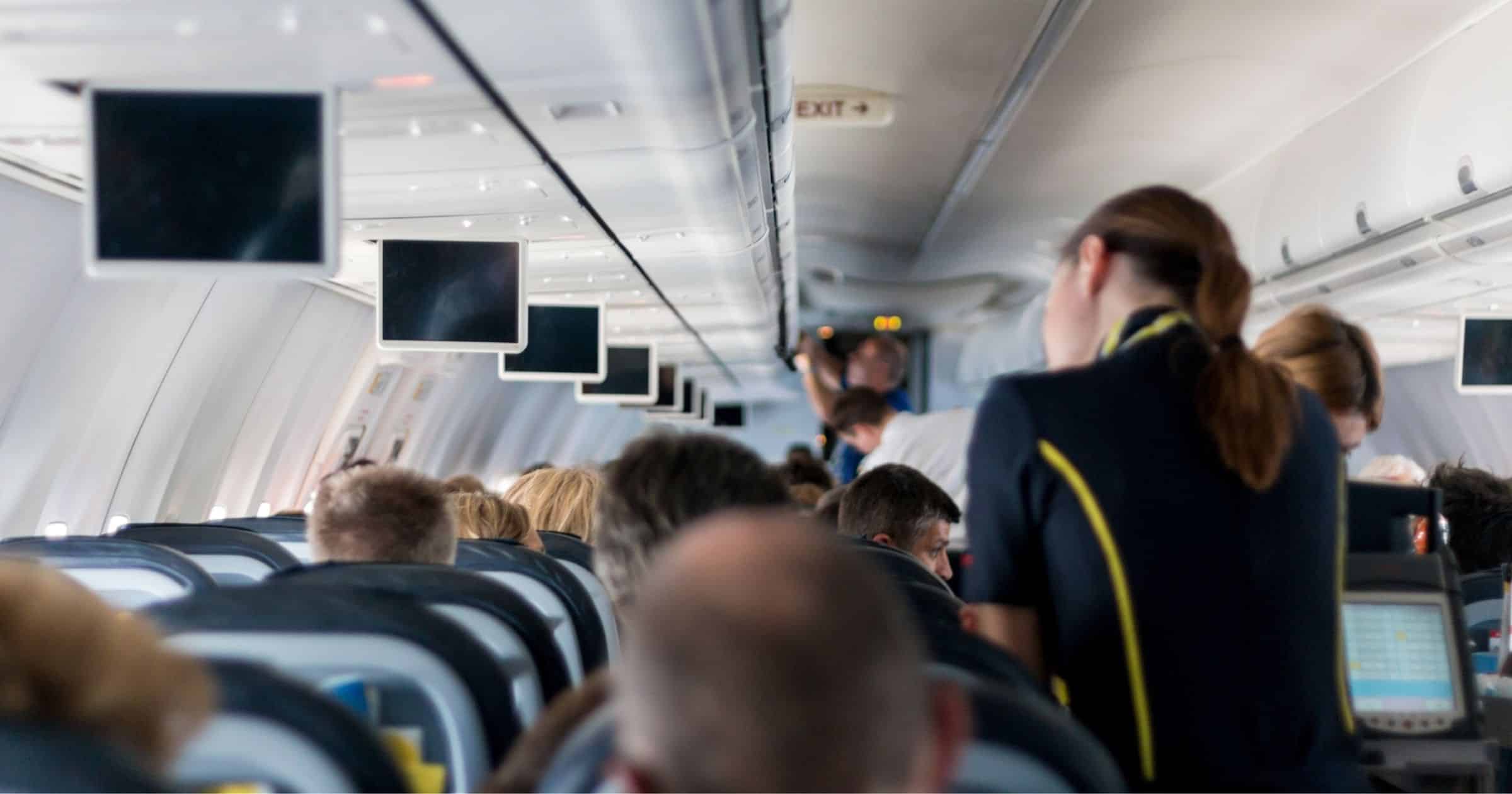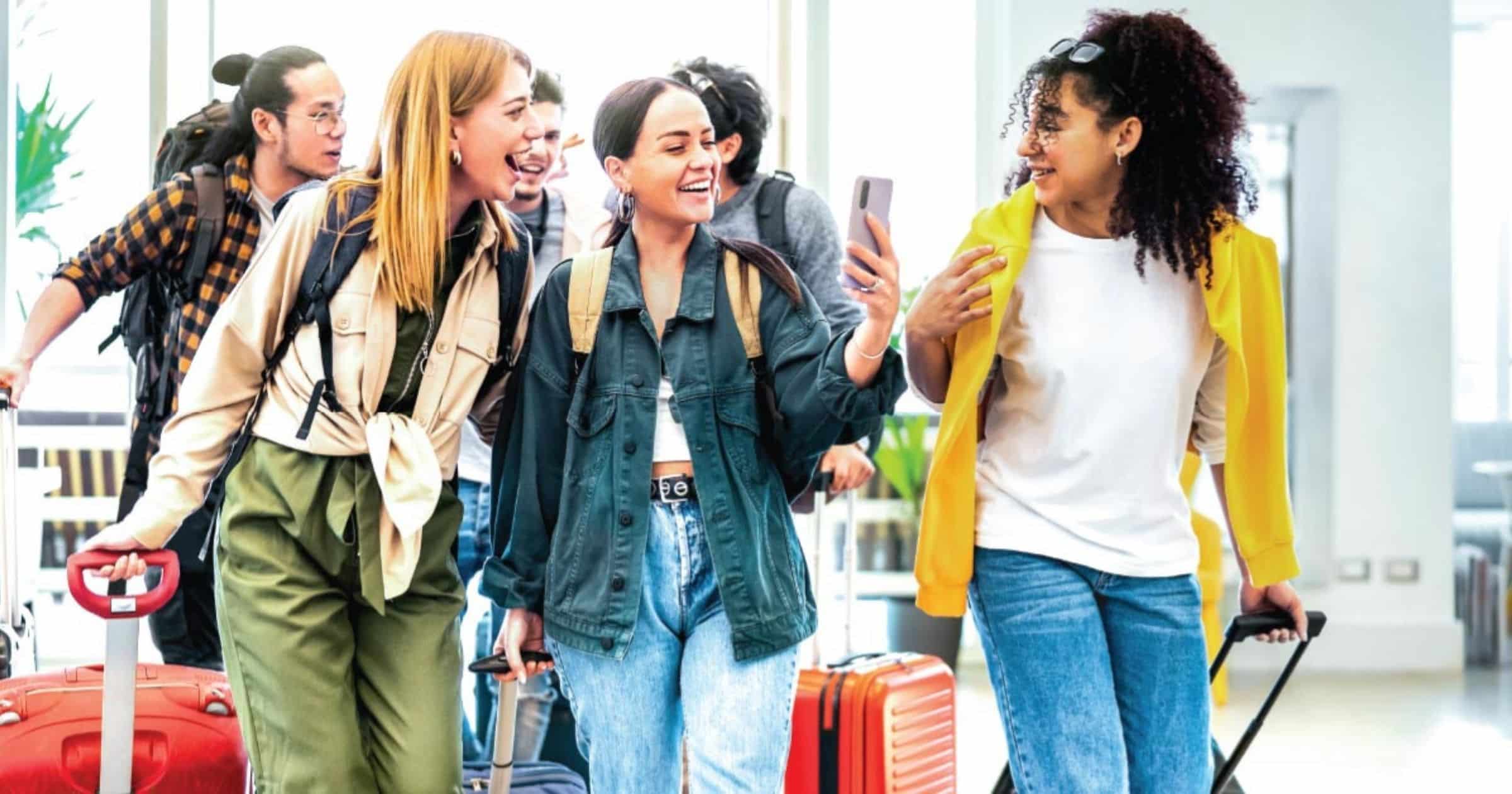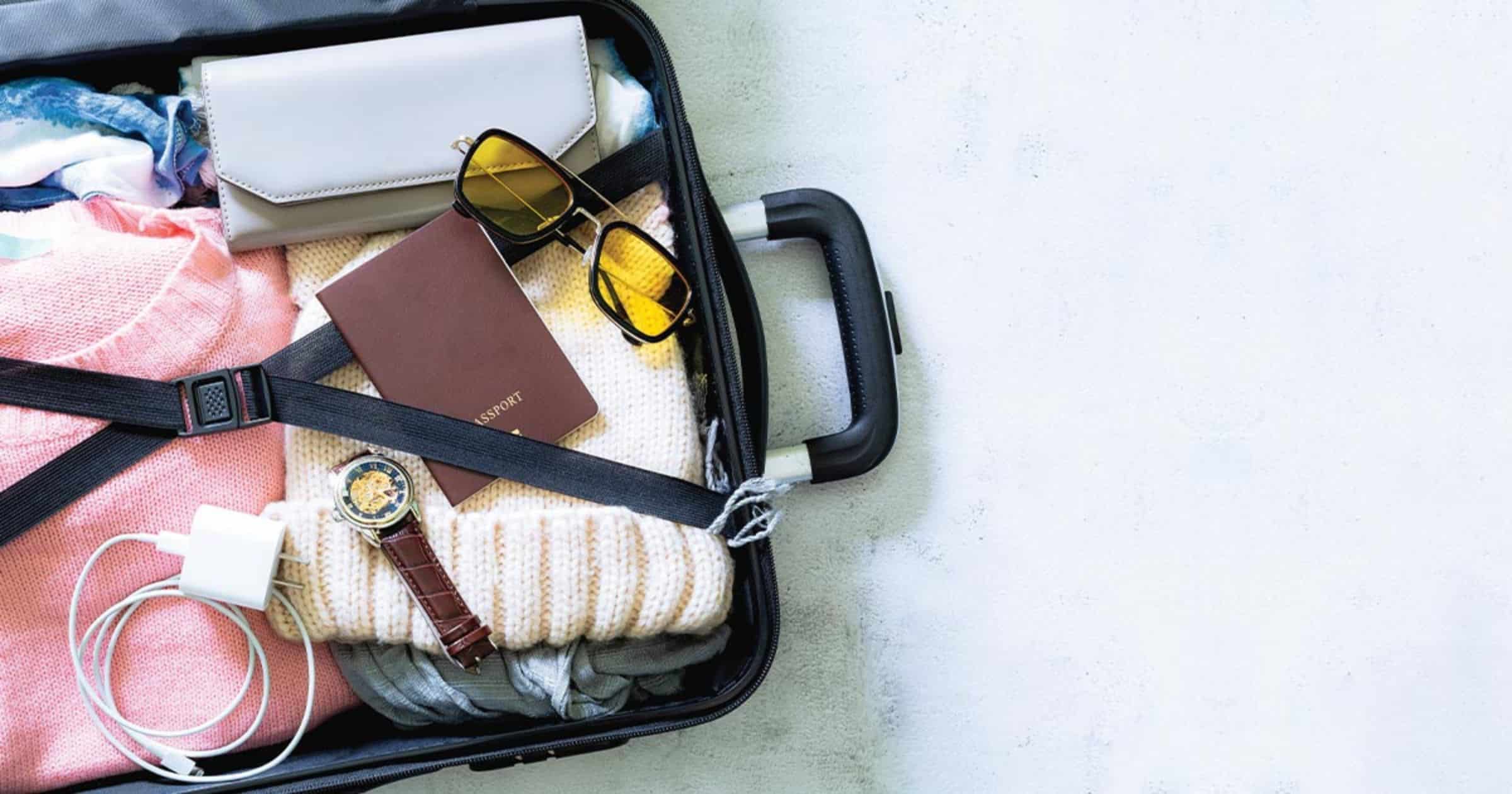Memories are fickle and a whole lot happens when you’re on a trip, so documenting it all is an important part of travel.
This used to involve disposable cameras and maybe a journal. Nowadays, students all have phones that allow them to document trips in much greater detail, from photos to videos to geotags and group texts. The plus side is that this makes documenting the trip much easier. The down side is that technology can be a major distraction.
So, here are some key points to keep in mind when you’re talking to students about how to use phones, journals and other tools to capture their memories forever, with safety in mind.
CELEBRATE TECHNOLOGY, APPROPRIATELY
You might think it’s best for students to be tech-free during all experiences, but for many of them, being able to take pictures and record video is an essential part of how they process things. Remember, at this point, they’ve all grown up with this technology and are attached to it. What better way to make and capture memories than with photos and video?
SHARE IT ALL
The best thing about all this technology is that we can very easily share what we’ve captured with each other. Create a group album for students to upload their photos and videos too, some of which can then be shared with parents back home so they can see how the trip is going. Or, better yet, consider an app like PhotoVision’s Group Travel Videos, which offers a platform for private photo sharing, document sharing, messaging, and traveler tracking—with the ability to create a keepsake video from the shared photos.
WRITE IT DOWN
Follow-up projects, such as scrapbooks, journals, writing an article for the local paper, or giving a presentation can help give students a greater stake in staying focused. While photos and videos will capture certain aspects of special moments, actually writing out what you did each day and how you felt about it gives a much better idea of what the trip was like while you were on it. They may not realize it now, but students will cherish these memories for the rest of their lives! Strongly encourage them to document their days.
ESTABLISH TECH-FREE TIMES
If students are mostly allowed to use their phones, they should be able to handle moments without them. Consider tech-free times during particularly important moments, such as at bedtime, when addressing the group with plans, or when experiencing a reverent cultural practice. Remember to strike a balance between documenting the trip and being present in the moment. Let students take pictures of a beautiful scenic view, but maybe take a quick beat to have everyone put the phones away and soak in the sights, sounds and sensations around you. If needed, have chaperones collect and hold onto phones temporarily, to avoid any temptation.
SELFIE SAFETY
There are times when it’s not okay to take a selfie, due to both respect and safety. Instead of waiting until it happens and having to scold a student, set some ground rules ahead of time. No selfies:At memorials honoring the dead.When something bad is happening.With locals your students don’t know.In bustling areas where the phone can easily be snatched away.On the move (while walking or biking).On the edge (cliffs and balcony railings).
Ultimately, documenting your trip is more than just snapping photos or jotting down notes – it’s a meaningful practice that enriches your travel experience, preserves cherished memories, and fosters connections with others.
This article originally appeared in the May 2024 edition of Teach & Travel.




